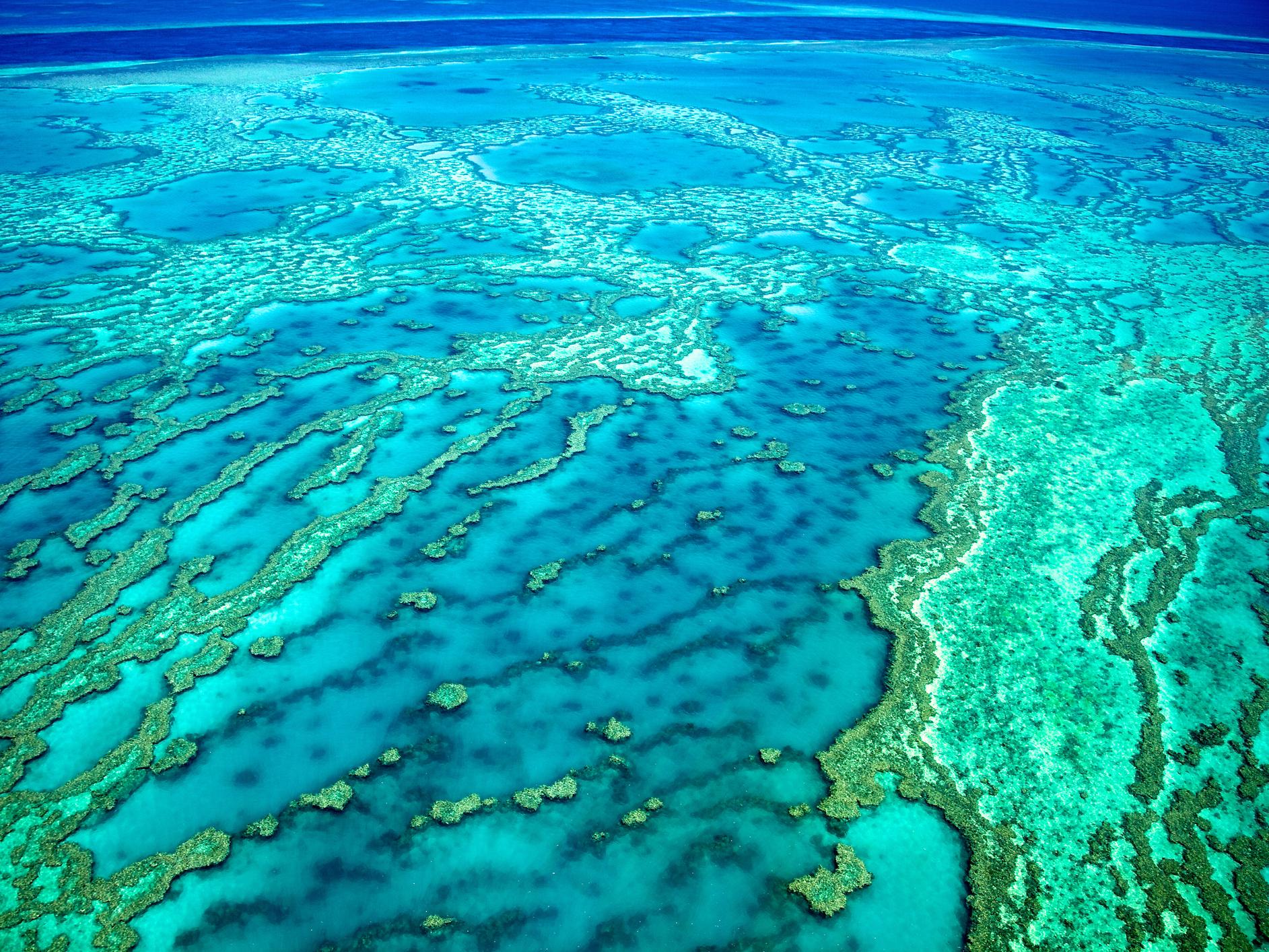Destruction of native Australian forest approved despite threat posed to neighbouring Great Barrier Reef
Agricultural runoff from cleared land will contribute to decline of water quality, experts say

Environment officials in Australia plan to back the destruction of a large area of forest, despite warnings of significant harm to the region’s nature.
Experts have cautioned that runoff caused by the clearing is likely to damage the neighbouring Great Barrier Reef, and the forest itself is home to endangered species including the northern quoll.
Nevertheless, a draft report from the Department of Environment has recommended that the clearance of forest at Kingvale Station in northern Queensland should go ahead, subject to certain conditions.
The move comes shortly after the Australian government committed AUD $500m (£278m) to shielding the Great Barrier Reef from harm.
Within this pledge was a commitment of $201m (£112m) specifically for improving water quality by investing in changed farming practices such as reduced fertiliser use.
Land clearance in the 2000 hectare area was previously approved in April 2014, but the federal government decided that the clearing must first be assessed under Commonwealth laws.
Environment minister Josh Frydenberg must now make a final ruling on the proposal, in a move that is being viewed as a test of his long-standing pledge to protect the reef.
Kingvale Station currently consists mainly of eucalyptus forest and swampland, but the land’s owner – Scott Harris – wants to clear it to make way for cropping and other activities. His intentions are supported by local Queensland MPs.
The land’s river system flows into Princess Charlotte Bay, which contains extensive seagrass beds that are considered a key component in the reef ecosystem.
Besides rising temperatures and coral bleaching – which led to “catastrophic die-offs” of large areas of coral in 2016 – poor water quality is one of the biggest threats facing the Great Barrier Reef.
Soil erosion is thought to make a significant contribution to this poor water quality, and scientists have warned the government that it must be avoided.
Runoff from farmland promotes the growth of algae, which blocks light from reaching coral, seagrass and creatures inhabiting the seabed.
These conditions also exacerbate outbreaks of crown-of-thorns starfish, which feed on coral and have played a significant role in the reef’s decline.
The Wilderness Society’s Queensland campaign manager Gemma Plesman told The Canberra Times the clearing was “incredibly risky” and “must be rejected”.
“Over the past four years Queensland has cleared one million hectares of native vegetation because the former Newman Government axed important environment protections,” she said.
A spokesman for Mr Frydenberg said the draft report “proposed strict conditions and mitigation measures informed by expert scientific advice”.
Among the conditions proposed by the department’s report were restricting clearance to flat areas of land in order to “manage the risks" of erosion and sedimentation, and not allowing clearing to occur within 100 metres of a watercourse or wetland.
However, the Great Barrier Reef Marine Park Authority stated that during floods the clearing “is almost guaranteed” to result in sediment entering Princess Charlotte Bay.
Join our commenting forum
Join thought-provoking conversations, follow other Independent readers and see their replies
Comments
Bookmark popover
Removed from bookmarks